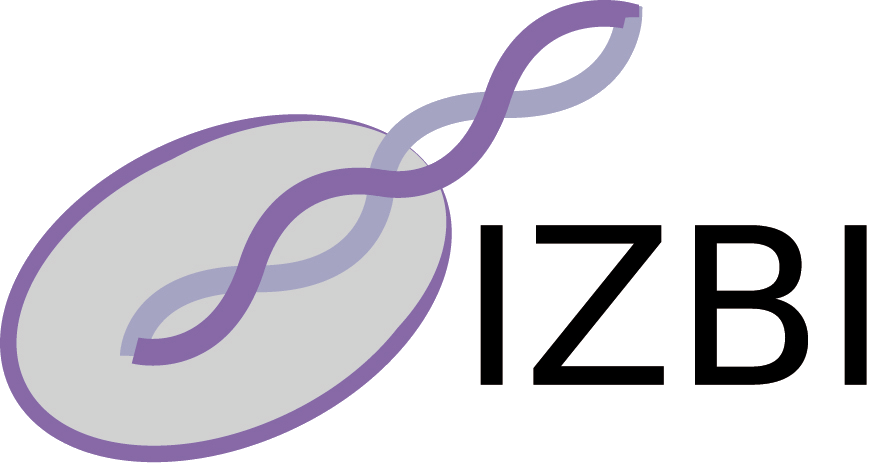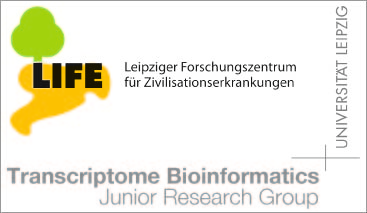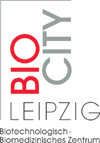Publications - Published papers
Please find below publications of our group. Currently, we list 565 papers. Some of the publications are in collaboration with the group of Sonja Prohaska and are also listed in the publication list for her individual group. Access to published papers ( ) is restricted to our local network and chosen collaborators.
If you have problems accessing electronic information, please let us know:
) is restricted to our local network and chosen collaborators.
If you have problems accessing electronic information, please let us know:
 ) is restricted to our local network and chosen collaborators.
If you have problems accessing electronic information, please let us know:
) is restricted to our local network and chosen collaborators.
If you have problems accessing electronic information, please let us know:©NOTICE: All papers are copyrighted by the authors; If you would like to use all or a portion of any paper, please contact the author.
Evolution of Metabolic Networks: A Computational Framework
Christoph Flamm, Alexander Ullrich, Heinz Ekker, Martin Mann, Daniel Högerl, Markus Rohrschneider,Sebastian Sauer, Gerik Scheuermann, Konstantin Klemm, Ivo L. Hofacker, Peter F. Stadler
Download
Status: Published
J.Syst.Chem 1: 4 (2010)
Abstract
<b>Background:</b>
The metabolic architectures of extant organisms share many key pathways
such as the citric acid cycle, glycolysis, or the biosynthesis of most
amino acids. Several competing hypotheses for the evolutionary
mechanisms that shape metabolic networks have been discussed in the
literature, each of which finds support from comparative analysis of
extant genomes. Alternatively, the principles of metabolic evolution can
be studied by direct computer simulation. This requires, however, an
explicit implementation of all pertinent components: a universe of
chemical reaction upon which the metabolism is built, an explicit
representation of the enzymes that implement the metabolism, of a
genetic system that encodes these enzymes, and of a fitness function
that can be selected for.
<br><b>Results:</b>
We describe here a simulation environment that implements all these
components in a simplified ways so that large-scale evolutionary studies
are feasible. We employ an artificial chemistry that views chemical
reactions as graph rewriting operations and utilizes a toy-version of
quantum chemistry to derive thermodynamic parameters. Minimalist
organisms with simple string-encoded genomes produce model ribozymes
whose catalytic activity is determined by an \emph{ad hoc} mapping between
their secondary structure and the transition state graphs that they
stabilize. Fitness is computed utilizing the ideas of metabolic flux
analysis. We present an implementation of the complete system and first
simulation results.
<br><b>Conclusions:</b>
The simulation system presented here allows coherent investigations
into the evolutionary mechanisms of the first steps of metabolic
evolution using a self-consistent toy universe.
Keywords
artificial chemistry, simulation, metabolism, evolution















